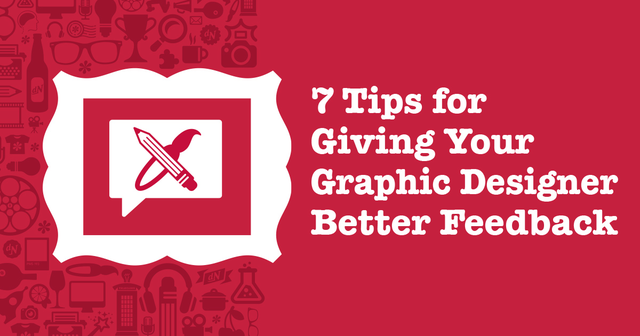Graphic designers play an integral role in the marketing world. From print advertising to designing for a digital platform, these creative individuals have the challenging task of translating messages and ideas into compelling visuals. An artistic eye and a great imagination are only half of the battle. The success of a project largely hinges on the working relationship between client and graphic designer. Knowing what to expect from this partnership and clearly articulating feedback for your graphic designer will lead to successful and well-executed creative. So, where do you start?
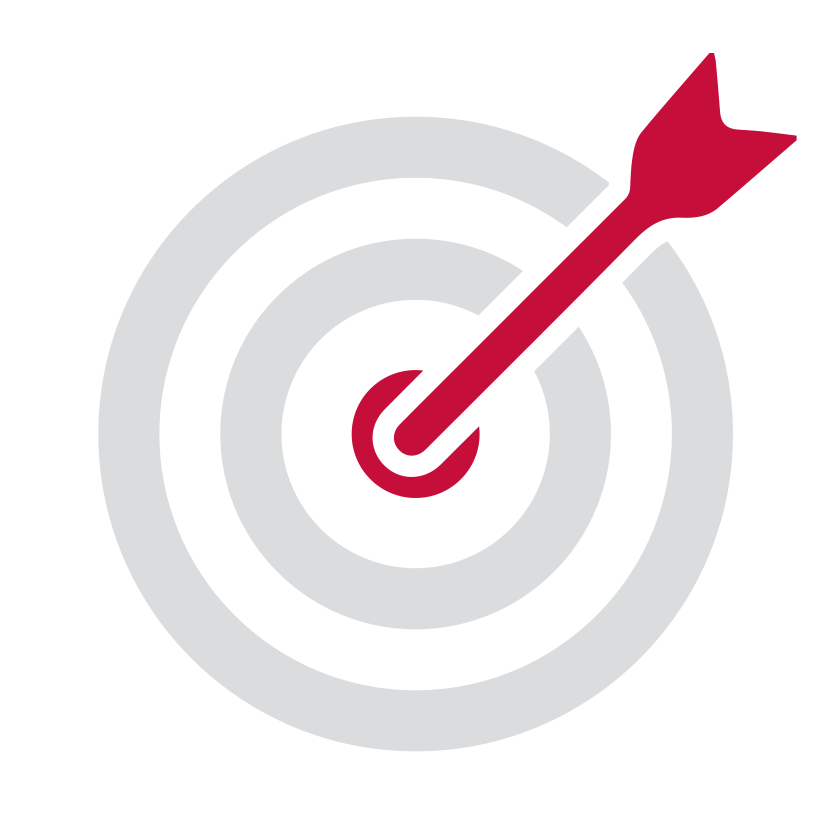 |
1. Have a clear purpose/end goal in mind. What’s the goal of this design? What idea or message are you hoping to get across? Who are you trying to reach and what does that target audience look like? For example, if you’re trying to appeal to a young group, a “playful” font and brighter color palette may be appropriate within the design. Defining clear goals and guidelines from the beginning will set the stage for strong design. |
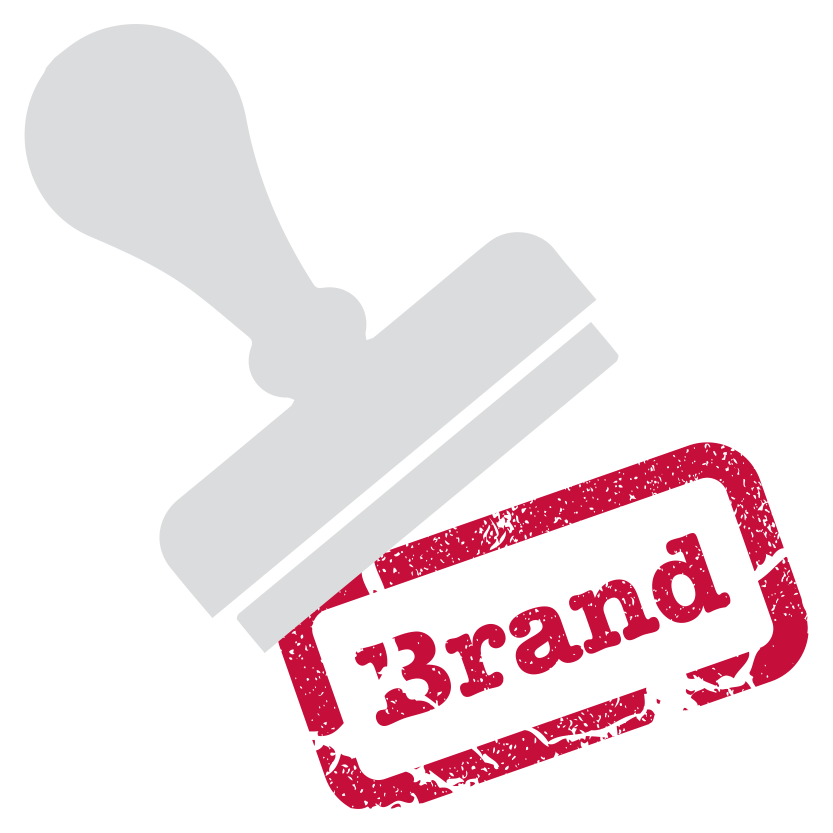 |
2. Let your brand be your guide. Like most art forms, graphic design has a tendency to garner a vast array of reactions based on tastes, emotions, and opinions, but the biggest differentiation between design and art is that the purpose of design is to convey a specific message to a target audience. Your brand is a crucial part of communication and marketing processes and it goes far beyond logos, color palettes and typefaces – it speaks to who you are as a business or company. Although it can be difficult to separate personal preference from constructive feedback, try to resist the temptation. Instead of simply saying “I don’t like these colors,” think of the bigger picture and how those colors fit in the context of your brand. What kind of feelings do they evoke? A more effective way to phrase your feedback might be, “I want to make sure the design conveys a sense of comfort and reliability because those are important to our brand. Do you think these colors help to achieve that?” |
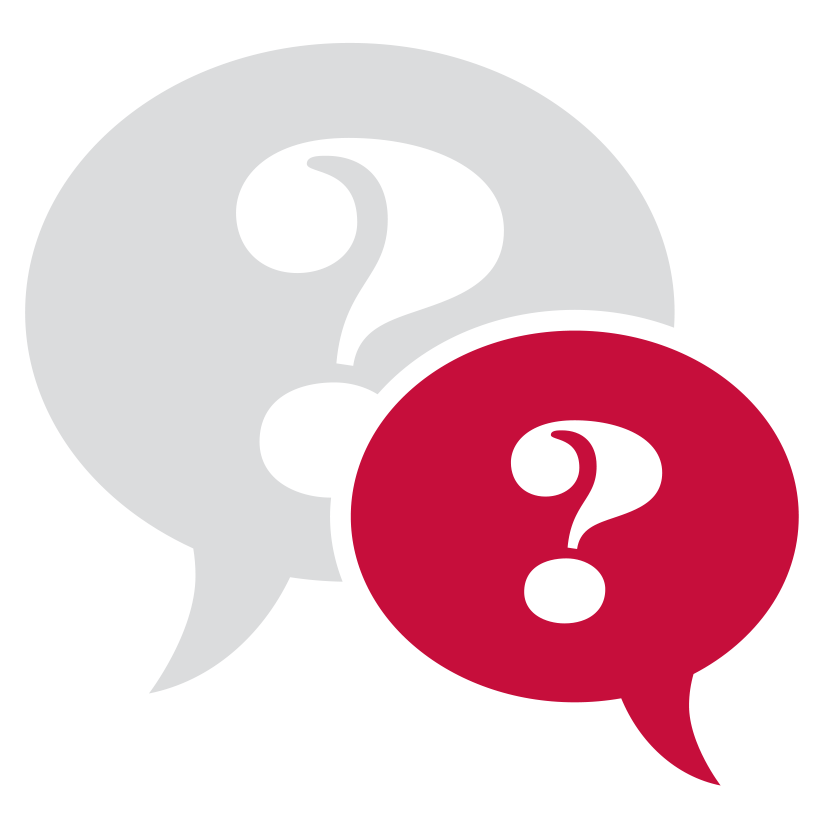 |
3. Don’t be afraid to ask questions. “What the heck is a vector file?” “CMYK…what’s that?” These are perfectly normal questions to ask graphic desgners! While they may seem second nature to graphic designers and many creative professionals, such terms can sound like a foreign language to someone unfamiliar with design jargon. Think of your graphic designer and/or marketing agency as a creative partner. Ideally, this partnership should be a two-way street with the goal of being as clear as possible from the beginning on both ends. Questions related to the design itself are equally relevant and important. “What’s the rationale behind the use of this photo? Do you think it accurately conveys the message we are trying to get across?” These types of questions help to guide the creative process and make sure that you’re both on the same page. When in doubt, please ask! |
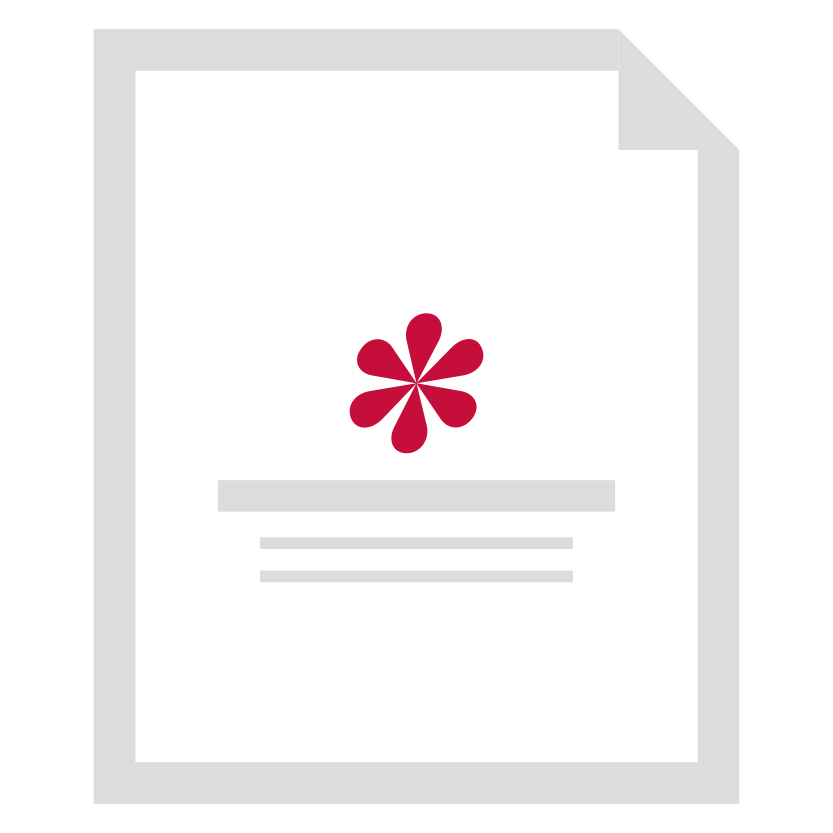 |
4. Remember that less is sometimes more. White space (the areas of a design free of text and graphics, such as margins and space between columns or paragraphs) is your friend! According to 60 Second Marketer, you have about two seconds to engage viewers looking at your ad. Overwhelming them with a mountain of copy, graphics, and information is not necessarily the best approach and often will deter someone from looking at all. What are the most significant elements in your design? Perhaps it’s a captivating headline or a feature photo that tugs at the heart strings. Think about your audience and what will best capture their attention right away. |
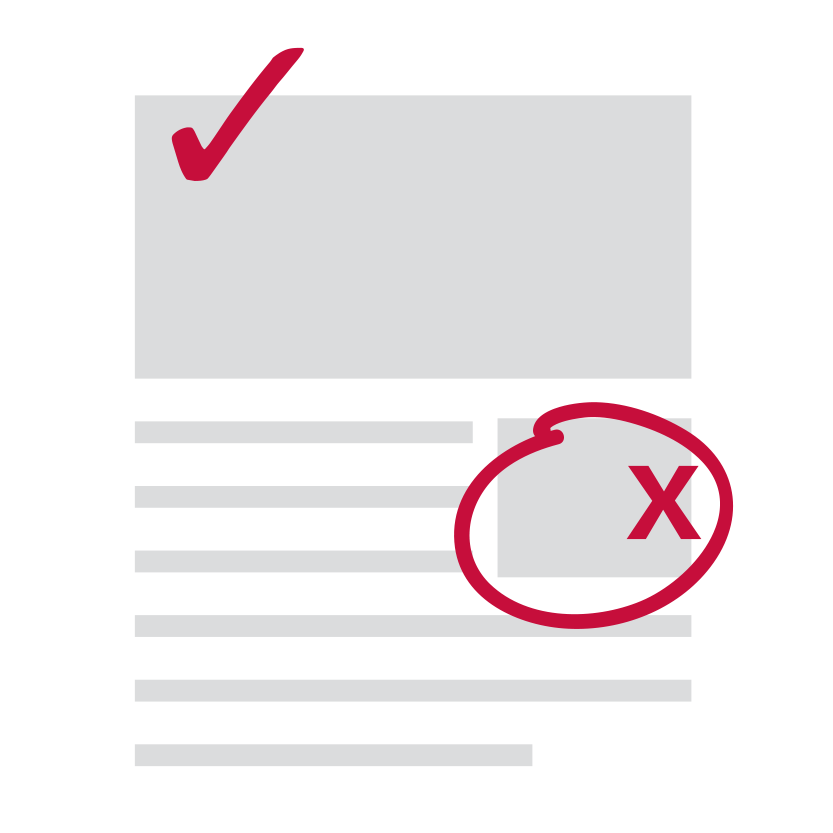 |
5. Be constructive with your feedback. As much as designers enjoy hearing “This is great. It’s approved!” in response to an initial draft, that isn’t always realistic. Being as specific and direct as possible throughout the creative process is key. Avoid phrases like “make it pop” and “I don’t know what I want, but I’ll know it when I see it,” as these don’t provide concrete direction about what you would like to see. Instead, consider something along the lines of “Could we try another font in place of this one? Because of our older audience, it’s important to have something that is simple and very legible.” Providing clear feedback from the start will help ensure that your marketing agency or freelance designer is able to produce and execute a design that effectively communicates your message and is consistent with your brand. |
 |
6. Keep the number of cooks in the kitchen to a minimum. “I think we need to add more photos.” “There’s too much going on here. We need to take out a few photos.” Nothing tanks a design quicker than “design by committee.” While it’s not uncommon to have multiple people on the client side involved in reviewing a project, it’s important to make sure feedback is concise and consolidated. Whenever possible, appoint one person on your team to be the designated point of contact with the graphic designer/creative team. This will help you avoid sending contradictory feedback, which will not only negatively affect the creative, but could also cause delays in the overall project timeline. |
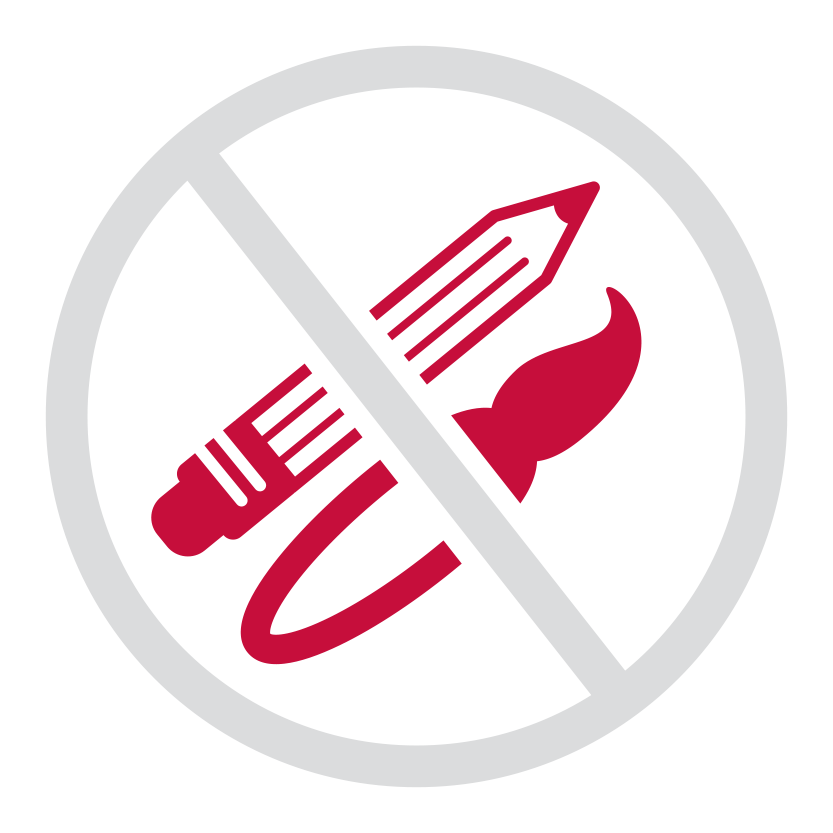 |
7. Please don’t try to be the graphic designer. As tempting as it may be to channel your own inner Picasso, it’s best to avoid trying to create your own design comp for your graphic designer to use. This goes back to the notion of letting your brand be your guide. It can be very easy for someone closely tied to the project to let their own tastes dictate the course of the creative. As your partner, graphic designers and marketing agencies aim to better understand your brand and collaborate as a team to help you craft engaging collateral that will resonate with your target audience. |
Want more insights, tips, and tricks? Check out our graphic design cheat sheet, which covers some of the most widely used terminology in the industry and a list of helpful items to provide freelance designers and marketing agencies with when beginning a project. Add your email to our pop-up form and download it today. Happy creating!

